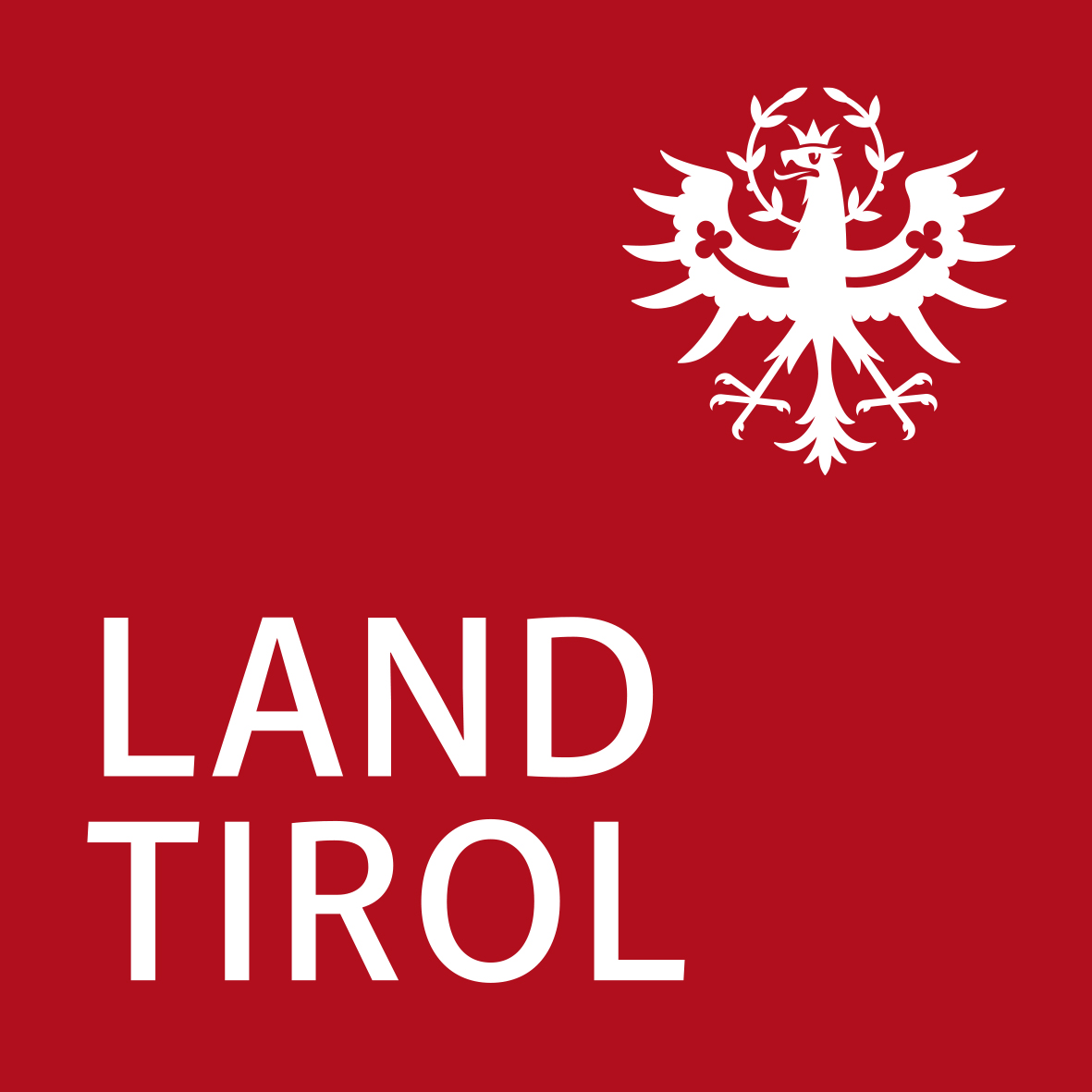Name
Description
Step
Step 1
Name
Description
Navigate to /dashboard/idml_export
Step 2
Name
Description
Select a file from your computer or the ContentCrank filemanager.
Step 3
Name
Description
Associate ContentCrank pagetypes to InDesign Template pages. Pagetype mapping can be overriden in a later step for certain pages by mapping on pagelevel. If most pages of a type need the same template, pagetype mapping is the way to go.
Warning
Step 4
Name
Description
Blockfieldmapping wires available blockfields or express data from your ContentCrank to textframes or imagelinks in your IDML templates.
Info
Info
Success
Info
Step 5
Name
Description
Select all pages you want to export. By ticking the 'include subpages' checkbox you can include all childpages of the selected ones. The best practice to handle multiple documents with similar content pages is to create a pool of original pages about recurring content. Documents work best if they consist of a parent overview page and aliases of the original pages as children. This way the original pages are the only ones to keep up to date and the page order and combination can be separated from editable content. And you only have to select one page and tick one box when exporting.
Info
Success
Success
Step 6
Name
Description
Since you now have a list of pages to export, you can override pagetype mappings and blockfieldmappings for certain pages.
Success
Info
Success
Step 7
Name
Description
ContentCrank will create a complete packaged InDesign folder for you, except fontfiles. The exported zip archive will contain an IDML file and a links folder with all images and linked files.
Success
Info
Step 8
Name
Description
Most documents just need to be checked and written out as pdf files in InDesign. Depending on how the template spreads and pages were designed, the document may need some adjustments to be printable. If you have the correct template design for a corresponding content structure, any thinkable document can be made 99% printable by export.
ContentCrank is designed to give you both, the advantages of automation and the freedom of design choices and content structure. We could create pdf files directly from html, but this way you'd need to rely on the export to 100% (which you still can do!) but there are some things the export itself cannot accomplish. Things like balanced breaks, manual kerning in headlines, image crop placement, pagination and chapters and final preprint preparations need to be done manually and checked by a professional.
ContentCrank will get you as close as possible to a finished document dataset, while keeping everything open to editing - just like a usual indd file. But better: you'll recognize that a lot of new styles are added with exporting. These are the styles your ContentCrank pages and texts used but you did not have in your template. The added styles are designed and used in a way that allows global editing and changes.
Info
Info
Tutorial Program Tutorialprograms
See tutorial programs below according to your filtering or search.
Filters:
| Name | Description | Tutorial |
|---|---|---|
| Database Import | Tutorials for using the database features. Learn about connected databases, dump imports and updating existing entries and entities. | Import a SQL dump Connect to a remote database Importing tables |
| Translation | Tutorials about the multilingual features. Learn about translating all your pages and express objects, editing translations and adding more languages. | Prepare Editorial Content for AI translation Prepare Express data for translation AI translation Edit Express translations |
| IDML Export | Tutorials for Export features. Learn to create templates from your designs and to export idml documents. | IDML Export |
| Content Creation | Tutorials about the workflow and best practices to create and edit content and structure. | Express content pages Article Pages |
| Express Data Objects | Express entities are data objects which can contain any combination of attributes and associations. Express entities can be created by a database import or from scratch. Some default entities are built in and ready to use as part of your ContentCrank. We prepared tutorials for the most frequently needed tasks. | Express Entries and Entities Entity settings Express content pages Express forms |
Tutorial Tutorials
See tutorials below according to your filtering or search.
Filters:
| Name | Description | Tutorial Program |
|---|---|---|
| Express forms | You can create different forms for different contexts like a full blown product katalogue ouput with all columns and values or a simplified output with only selected attributes like images and headlines. | Express Data Objects |
| AI translation | Translate all your content in a few minutes to up to ~70 languages. | Translation |
| Importing tables | No matter if you connected directly to a database or uploaded a dump, the importing follows the same rules. | Database Import |
| Edit Express translations | Learn where to edit and correct Express translations. | Translation |
| IDML Export | Learn to export your content to idml. | IDML Export |
| Express content pages | Learn how to create content pages with express entities. Entries can be ordered, sorted and filtered in many ways. | Content Creation Express Data Objects |
| Connect to a remote database | If you want to pull data from a live database you can connect directly to it and update the objects later. | Database Import |
| Import a SQL dump | If you have a SQL file - a dump or database backup, you can import it using the Upload Database Dump feature. | Database Import |
| Entity settings | Define how units, labels and associated columns are displayed. | Express Data Objects |
| Start your ContentCrank trial | Create a personalized demo system to try out our services for a week. Use predefined use cases to see everything in action without creating your own data - which you still can. | |
| Prepare Editorial Content for AI translation | Create a new localization for your pages. | Translation |
| Prepare Express data for translation | Create a dictionary for your express content. | Translation |
| Article Pages | Article pages offer an easy way to create editorial content. | Content Creation |
| Express Entries and Entities | A quick explanation for express data objects. We use the spaceships example from the database import tutorials as reference. Imported express entities like the spaceships mirror their database table`s structure like columns, column types and column order. Generally put, express data objects create a logic layer between raw values, associations and their form of output. That means you can not only edit any value itself, the global structure and display of each express entry value can be customized. | Express Data Objects |

